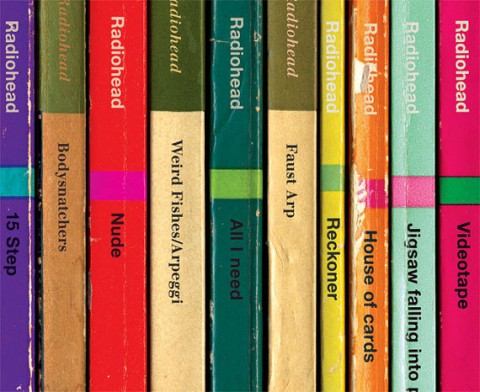UK’s Open University has developed a fun way to market their design courses: a series of six short animations called “Design in a Nutshell” that briefly survey important movements in the arts and architecture—from the late-nineteenth century Gothic Revival to late-twentieth century Postmodermism. While the former looked far into the past, seeking to preserve tradition, the latter looked everywhere, gleefully dismantling, recycling, and recombining fragmented and irrecoverable histories.
Between the two extremes, three inter-related post-WWI movements sought to make peace with the industrial present and design for a harmonious future. The first one featured, the Bauhaus movement (above)—founded in Weimar, Germany by Walter Gropius in 1919—integrated the fine arts and industrial design into one school. Famous teachers included artists Paul Klee and Wassily Kandinsky. Bauhaus designs permeate the larger movement known as Modernism.
The animation above gives us the briefest gist of Modernism, a sweeping umbrella term for a host of radical ‑isms in the arts, literature, design, and architecture—impressionism, cubism, fauvism, futurism, brutalism, surrealism…. European and American artists turned their back on the old-world past after the mass slaughter of World War One. Not all Modernists found solace in the breakdown of the old order. Writers like T.S. Eliot found much reason to despair. But designers like Eero Saarinen and the husband and wife team Charles and Ray Eames embraced industrial techniques and mass production to create forward-looking, minimalist furniture and buildings that still define the way we live now.
The episode above, “American Industrial Design,” describes how industrial designers made innovative use of new materials and production methods to create sleek, streamlined products that reinvigorated the American market in the midst of the Great Depression. Designers like Norman Bel Geddes created a futuristic landscape that inspired faith in technological progress, even as much of the country still lived on struggling farms.
Bel Geddes’ most notable achievement was his design of the “Futurama” ride (which gave the animated show its name) at the 1939–40 World’s Fair. Part of the General Motors exhibit, “Futurama” whisked riders past detailed miniatures of “the world of tomorrow.” The optimism of some Modernist designers would be shattered by the technological horrors of World War Two. But for a few brief decades, the future looked entirely manageable with the right designs, techniques, materials, and savvy marketing.
You can find all six videos appearing in the Design in a Nutshell series on YouTube.
Related Content:
Charles & Ray Eames’ Iconic Film Powers of Ten (1977) and the Lesser-Known Prototype from 1968
Wassily Kandinsky Caught in the Act of Creation, 1926
Josh Jones is a writer and musician based in Washington, DC. Follow him at @jdmagness




